Nature & Wildlife
Semien Mountain National Park
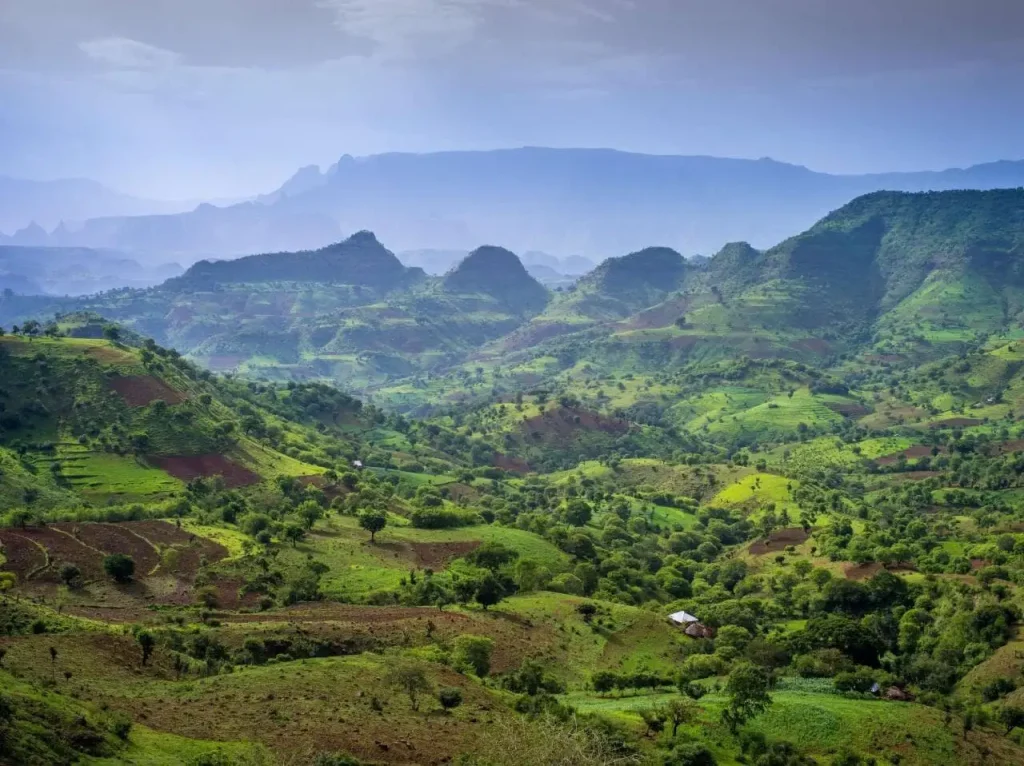
Bale Mountain National Park
The Bale Mountains is one of the best places in Ethiopia to see wildlife. The most popular residents here are the endemic Ethiopian wolf and mountain Nyala. For bird lovers, the Bale Mountains are a paradise, with over 250 recorded species living in the park boundaries, at least 16 of which are endemic to Ethiopia. The most popular areas for wildlife viewing are the Sanetti Plateau, where the Ethiopian wolf is most commonly seen, as well as the Harenna Forest, a dense, moist forest with an abundance of plant-and wildlife.
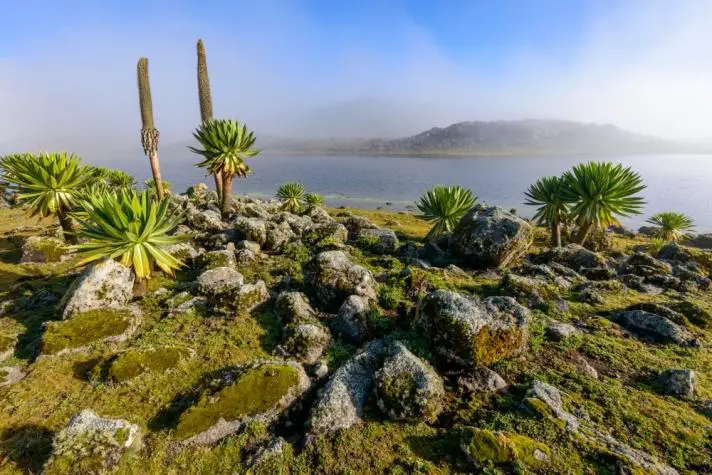
Awash National Park
Lying in the lowlands east of Addis Ababa, and striding the Awash River, the Awash National Park is one of the finest reserves in Ethiopia. The Awash River, one of the major rivers of the Horn of Africa, waters important agricultural lands in the north- eastern part of Ethiopia and eventually flows into the wilderness of Danakil Depression. The dramatic Awash Falls as the river tumbles into its gorge is the site not to be missed in the national park. A special attraction is the beautiful clear pools of the hot springs (Filwoha).
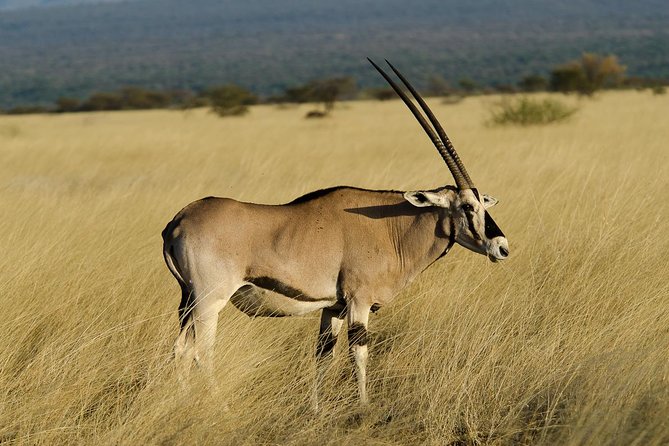
Mago National Park
2,162 sq km, 770km southwest of Addis Ababa, on east bank of Omo river. 450-2,528m. Highest point is Mount Mago. Mainly grass savannah, some forested areas around rivers. Conservation area for plains animals, 56 species of mammals: buffalo, giraffe, elephant, lelwel hartebeest, lion, cheetah, leopard, zebra, gerenuk, oryx.
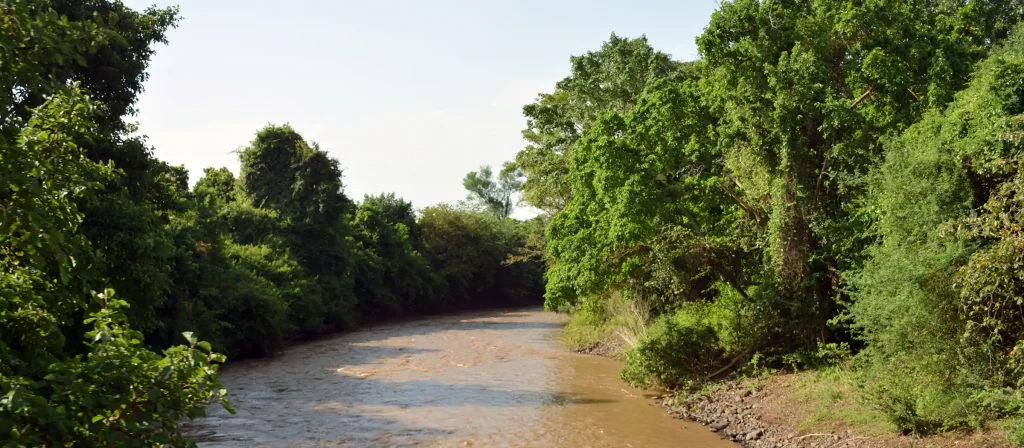
Omo National Park
Far to the south-west lies Omo National Park, the largest in the country, with an area of 4,068 square kilometers. It is a vast expanse of true wilderness, adjacent to the Omo River, which flows southwards into Lake Turkana and is one of the richest and least-visited wildlife sanctuaries in eastern Africa. Eland, oryx, Burchell’s zebra, Lelwel hartebeest, buffalo, giraffe, elephant, waterbuck, kudu, lion, leopard and cheetah roam within the park’s boundaries.
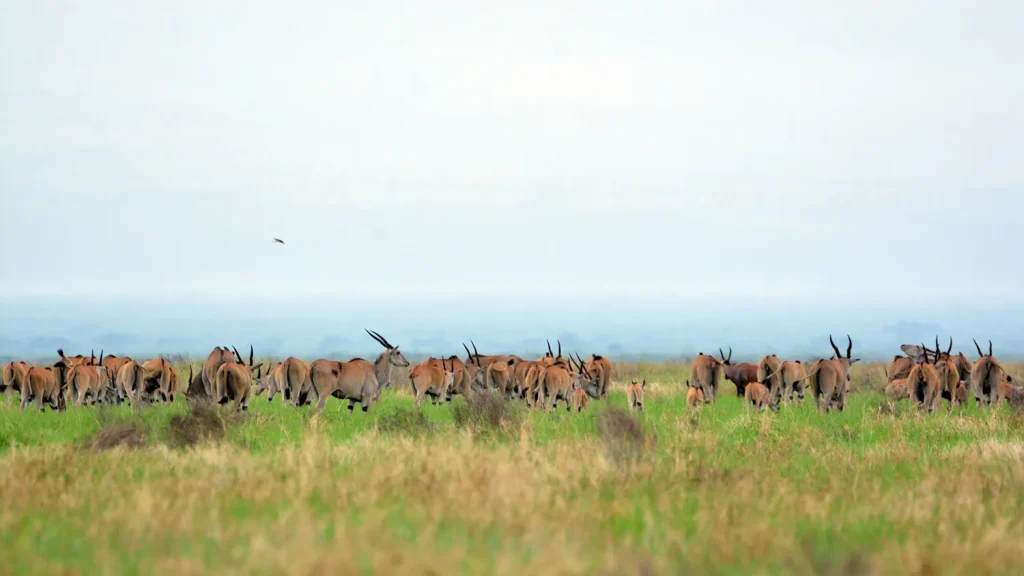
Kefta-Sheraro National Park
Kafta-Sheraro National Park (KSNP), which was recognized as a Park in 2007, is situated in the northwest of Ethiopia. It is bordered by Eritrea in the North and it is presumed to have an estimated total area of 6000 square km. In addition to estimated area coverage of the park, an estimated area coverage in Gash-Setit, Eritrea is 5,275km2. The park is located 600 km northwest of Mekelle the capital city of Tigray and is one of a few areas in the region which is relatively not densely populated and with relatively better natural vegetation cover compare to another part of the region.
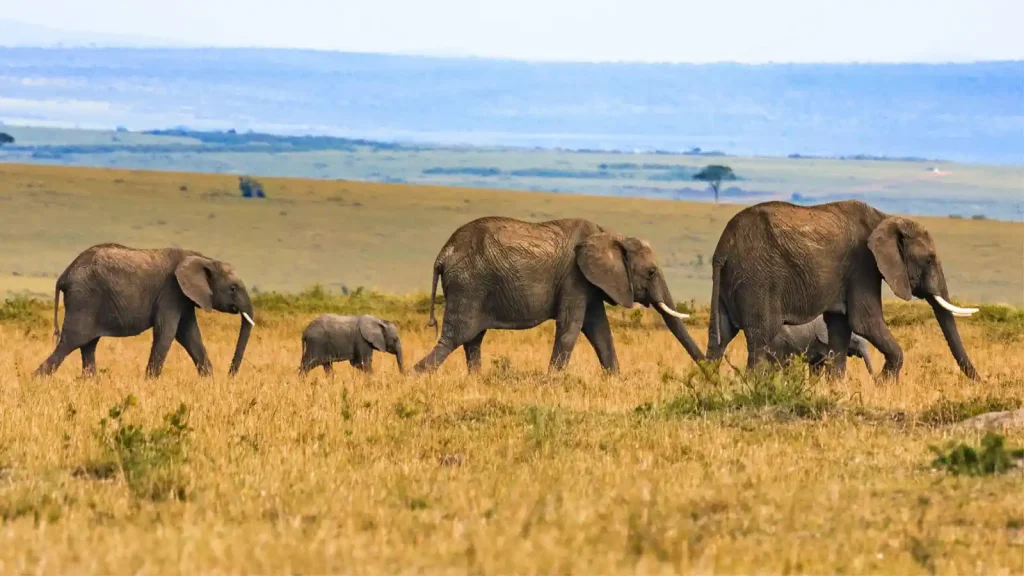
Nech Sar National Park
Situated 510km south of Addis near the town of Arba Minch, in between Lakes Abaya and Chamo. A wide variety of plains game roam freely amongst 514m2 of savannah, dry bush and groundwater forest, which are also the habitat of 188 recorded species of birds. Animals to be seen are Bushbuck, Swayne’s Hartebeest, Burchell’s Zebra, Grant’s Gazelle, Guenther’s Dik-dik, Greater Kudu, Crocodile, Anubis Baboon, Grey Duiker. Birds seen include Red-billed Hornbill, Grey Hornbil,l Fish Eagle, Kori Bustard, Abyssinian Ground Hornbill.
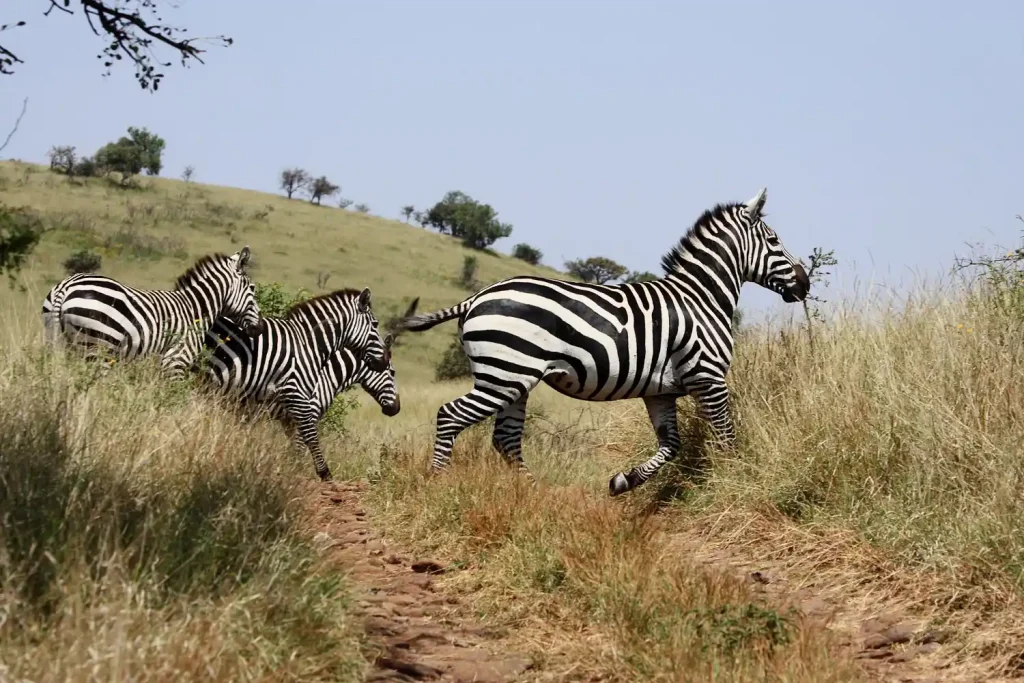
Gambella National Park
The Baro River area, accessible by land or air through the western Ethiopian town of Gambela, remains a place of adventure and challenge. Traveling across the endless undulating plains of high Sudanese grass, visitors can enjoy a sense of achievement in just finding their way. This is Ethiopia’s true tropical zone and here are found all the elements of the African safari, enhanced by a distinctly Ethiopian flavor.

Abijatta & Shalla Lake
Two different lakes in one park, the two lakes are both terminal lakes and their beaches are unstable and saline, but they are very different in character. Abijatta is shallow at about 14 meters with a mysterious fluctuating water level. Fresh water flows into it trough the small Horakello stream. The steam mouth is a source of relatively fresh water, much frequented by water birds for drinking and bathing. The Lake is surrounded by gentle, grass covered slopes and acacia woodlands.
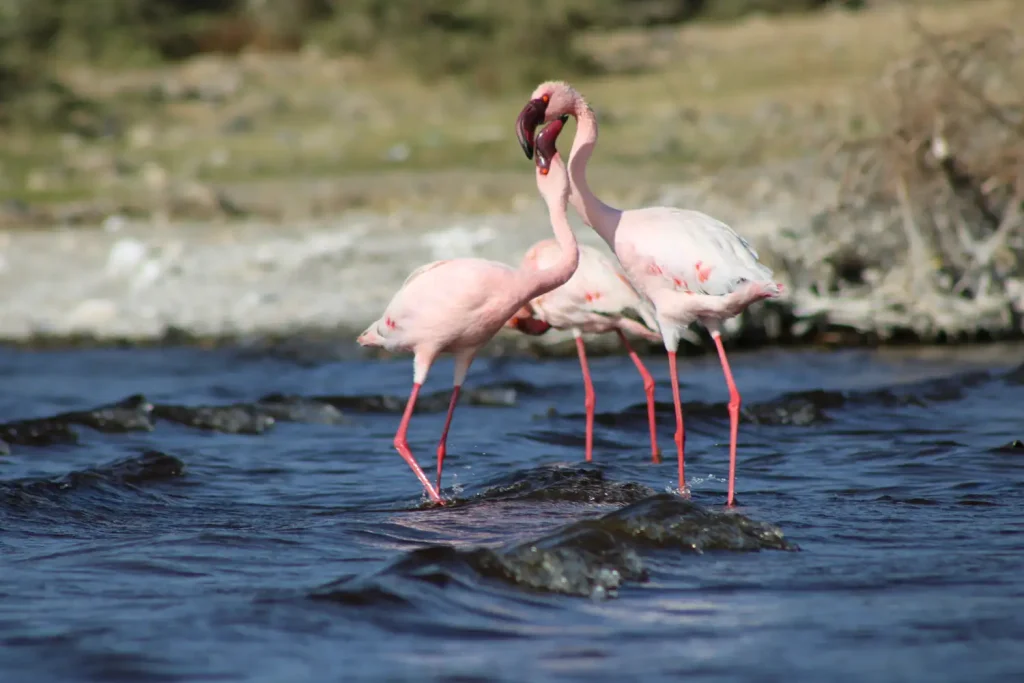
Chebera Churchura National Park
CCNP is located on the western side of the central Omo-Gibe basin, in between Dawro zone and Konta Special Woreda of the Southern Nations, Nationalities and Peoples Regional State of Ethiopia. The Omo River provides the boundary between the south and the West. The natural vegetation of the park is diverse. There are montane forests in the eastern and northwestern highlands, riparian forests along the rivers, and woodland vegetation is found in the southern part of the Park.
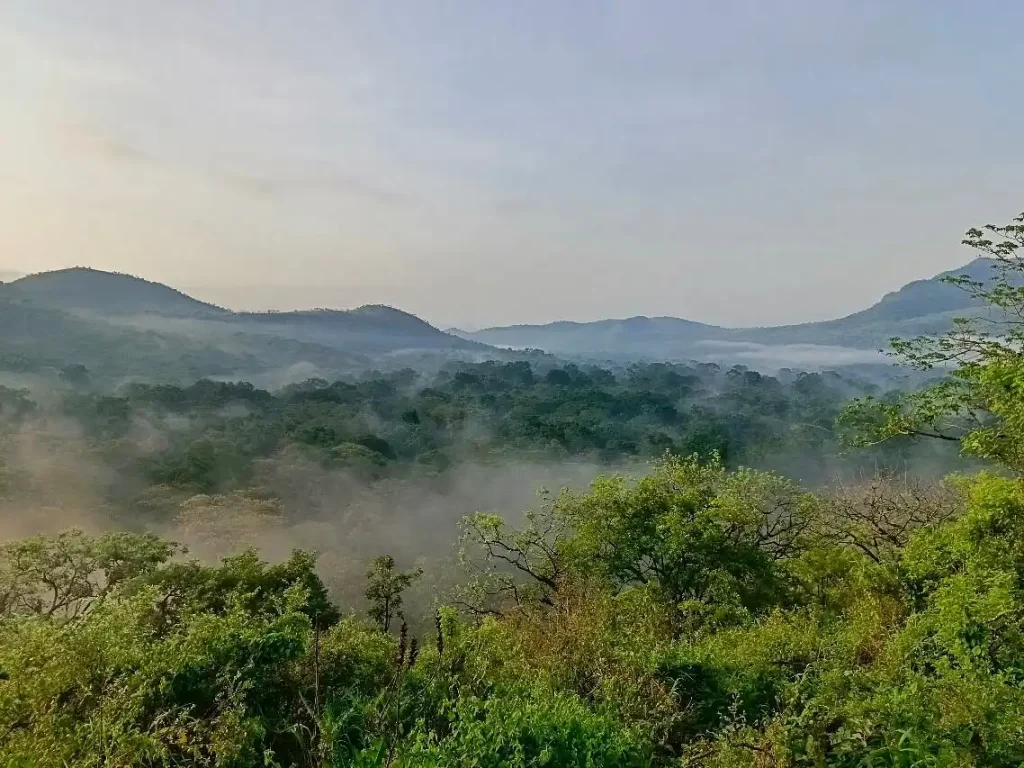
Bird Watching
Ethiopia is one of Africa’s key bird watching destinations with more than 800 bird species including 16 endemics. The best time for bird- watchers to visit is from September to March. Important birding areas, include: Debre libanos, Awash national park, Bahir dar island monasteries, Bale mountains, Yebelo, Nech Sar national park, Lalibela and the rift valley lakes.
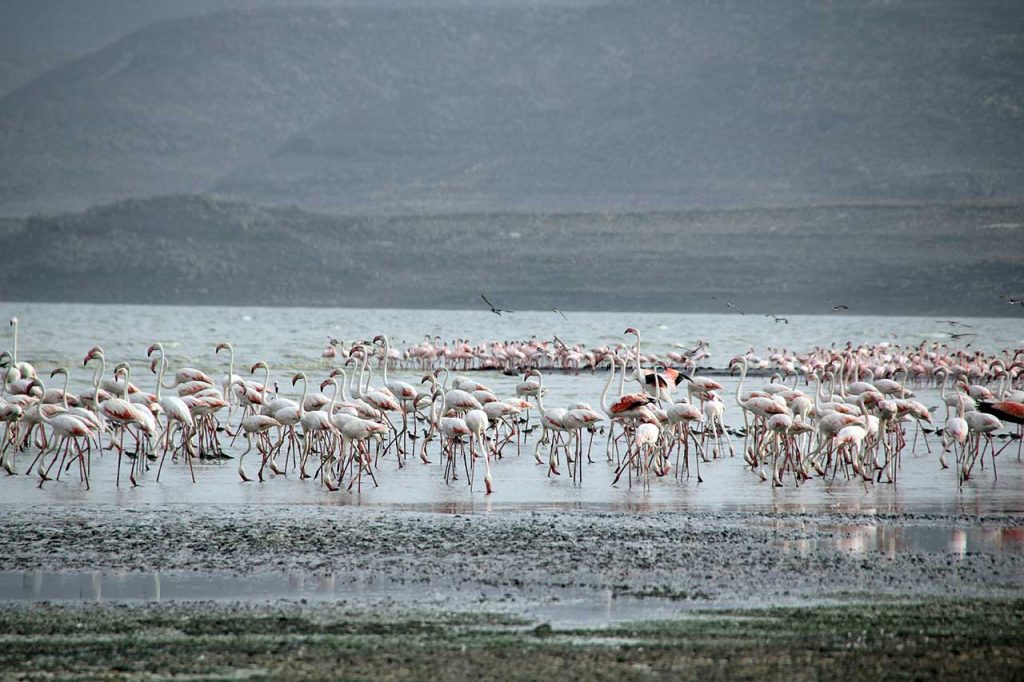
Abune Yossef
This absolutely stunning spot on earth is a highly endangered ecosystem with a complex mosaic of bush-/woodland, montane dry forests, afro-alpine grasslands and evergreen forests, which can be described as a savannah landscape. It gives at least 43 mammal species a home, more than 221 bird species are found there (from which are 9 marked as threatened species) and the landscape is just truly breath-taking.
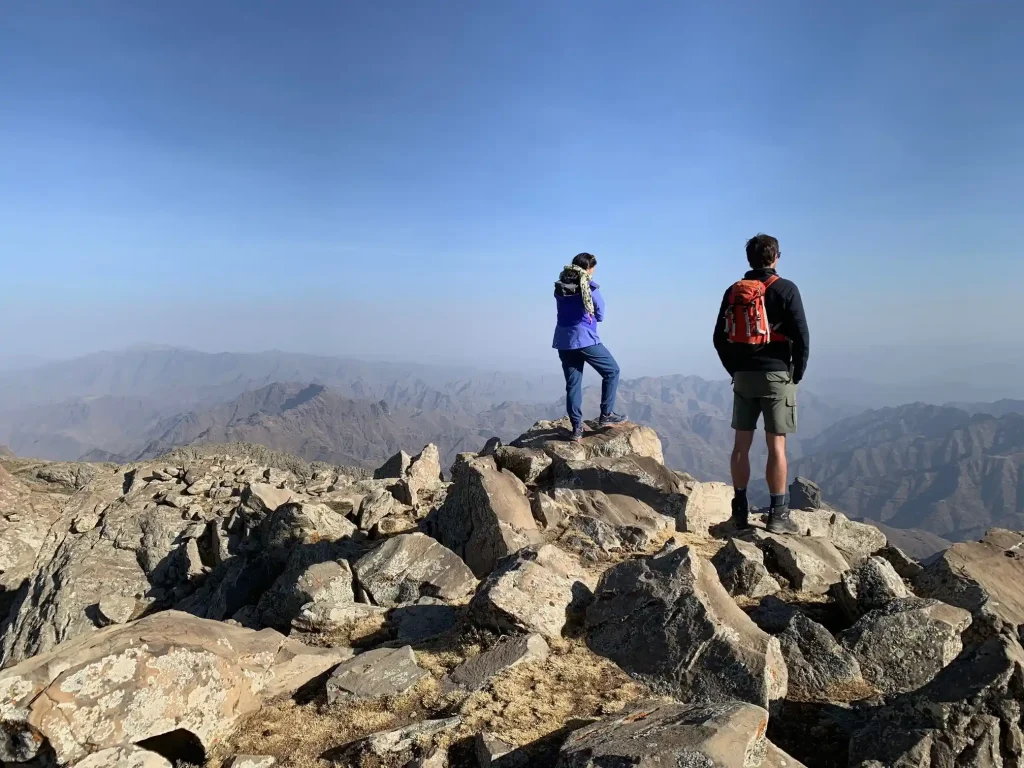
Danakil Depression
Danakil Depression, which is a formation of the Great Rift Valley and sharing the Eritrean border to the East of the Tigrigna Highlands, was clearly visible to the first astronauts who walked on the moon. It is listed as one of the hottest places on the earth with temperatures souring up to 45 °C every day of the year and soaring to 55 °C during summer. The Danakil Depression is a practically an unpopulated region lying as low as 116m below the sea level. The depression lies near Lake Asale, the lowest spot in Africa. It is one of the driest and tectonically active areas on the planet.
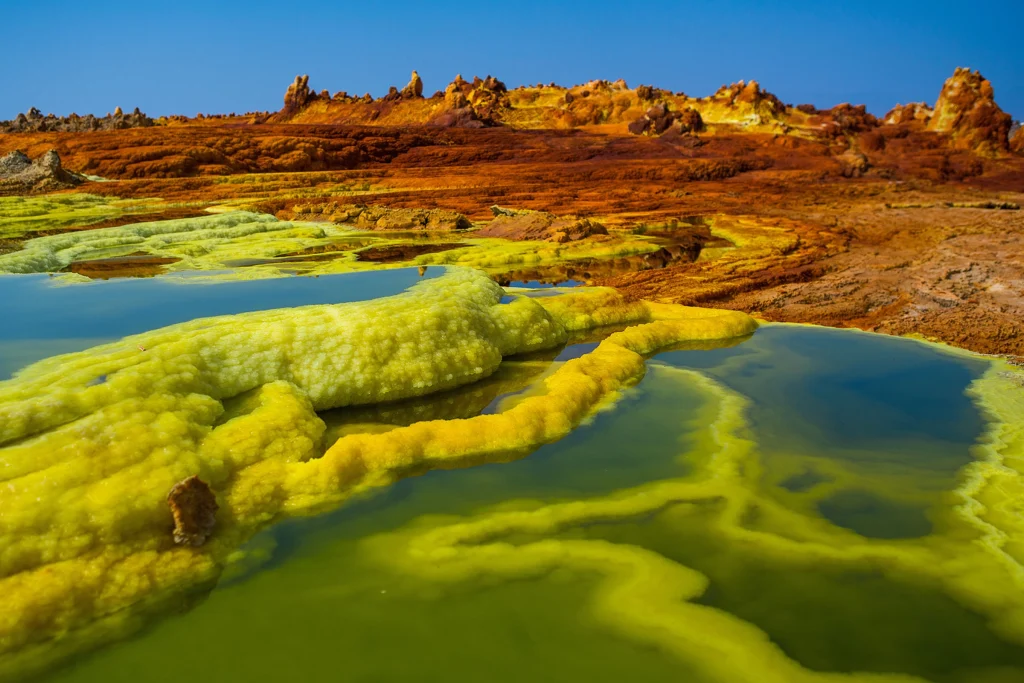
Ert'ale
The Mountain that smokes, in Afar Language, is a basaltic shield volcano known for persistent lava lake activity, the only permanent lava on the earth, since the early 20th century. It is one of the most fascinating and physically demanding natural attractions in Ethiopia. It comprises of two pit craters with the larger one being inactive. The smaller one is 140 meters in diameter, 60 to 90 meters deep and with an active fire lake.
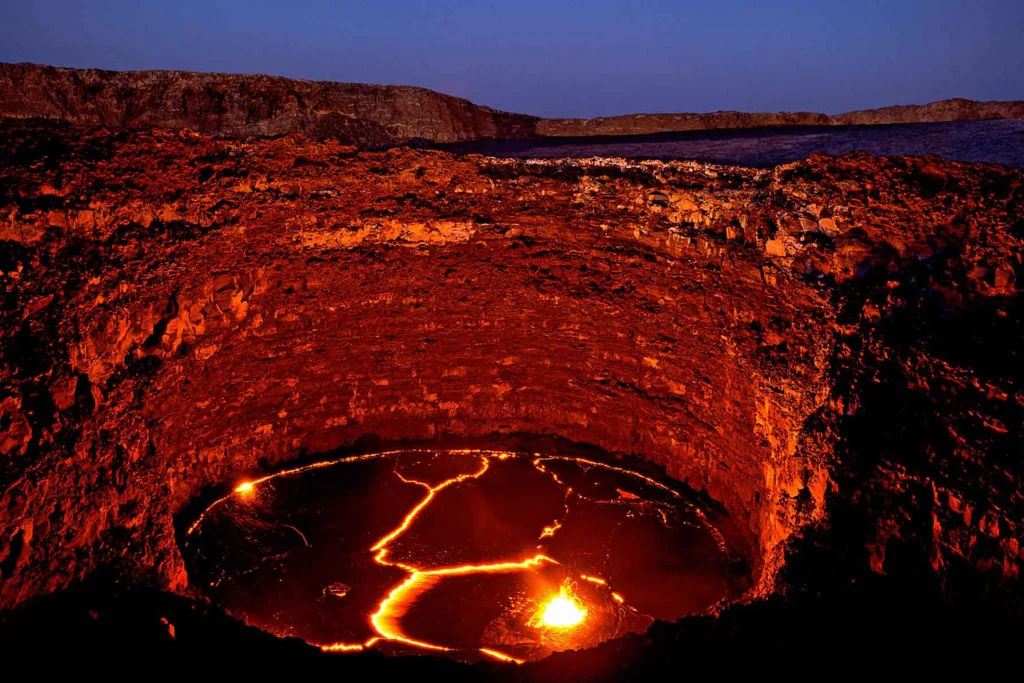
Sof Omar Lake
Not far from Bale Mountains is one of the world’s most spectacular and extensive underground caverns: the Sof Omar cave system. The weib river, which sources from the Bale Mountains National Park, penetrates the caves year round, offering a magnificent view to the visitors. Sof Omar is an extraordinary natural phenomenon of breathtaking beauty. At 15.1 kilometres long, Sof Omar Cave is the longest cave in Ethiopia and the largest system of caves in Africa, through which the Weib River flows
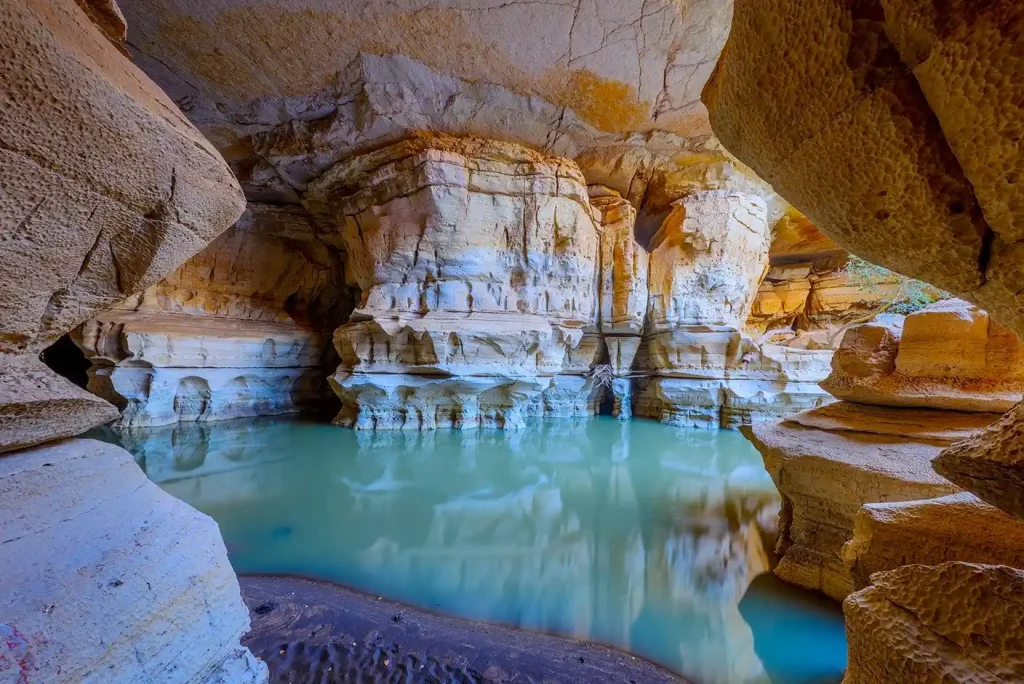



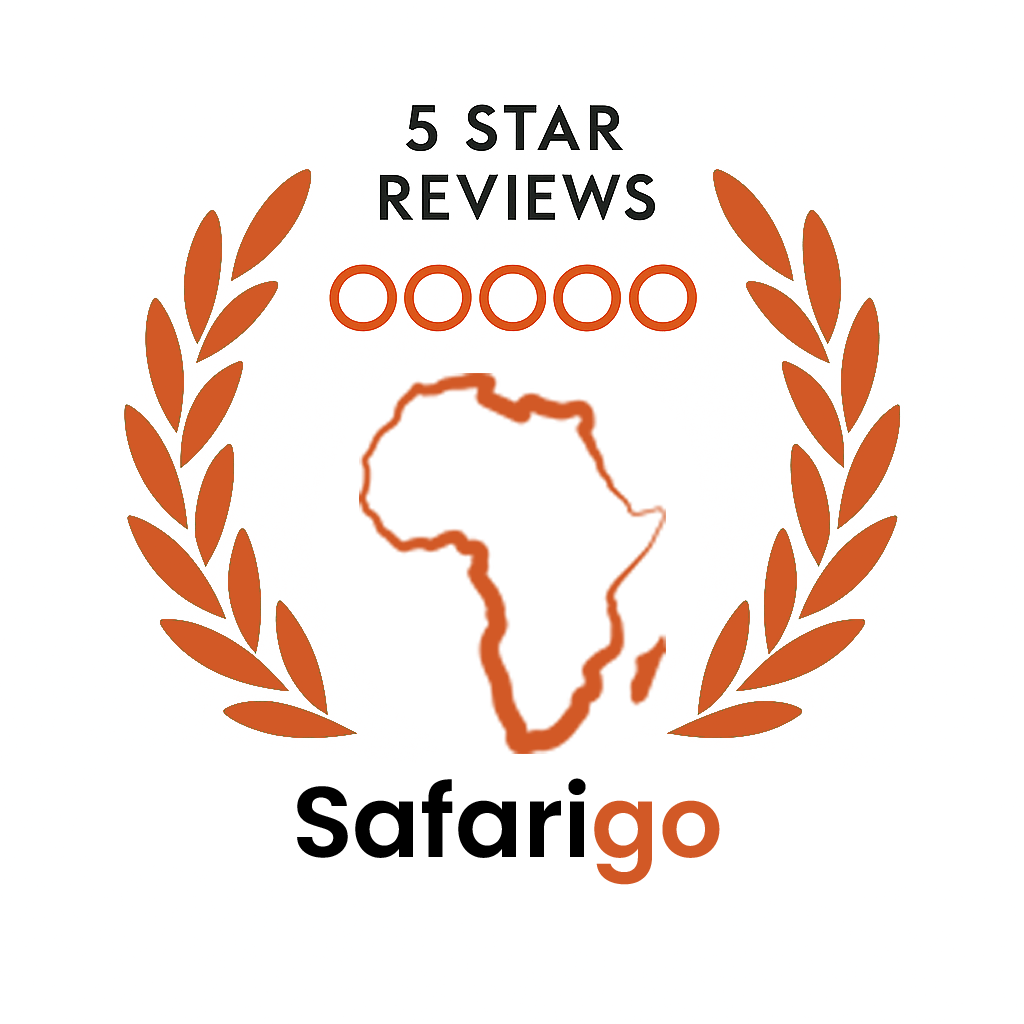
 Creative Web ET
Creative Web ET